Home>Garden Essentials>Why Is My Water Fountain Pump Not Working
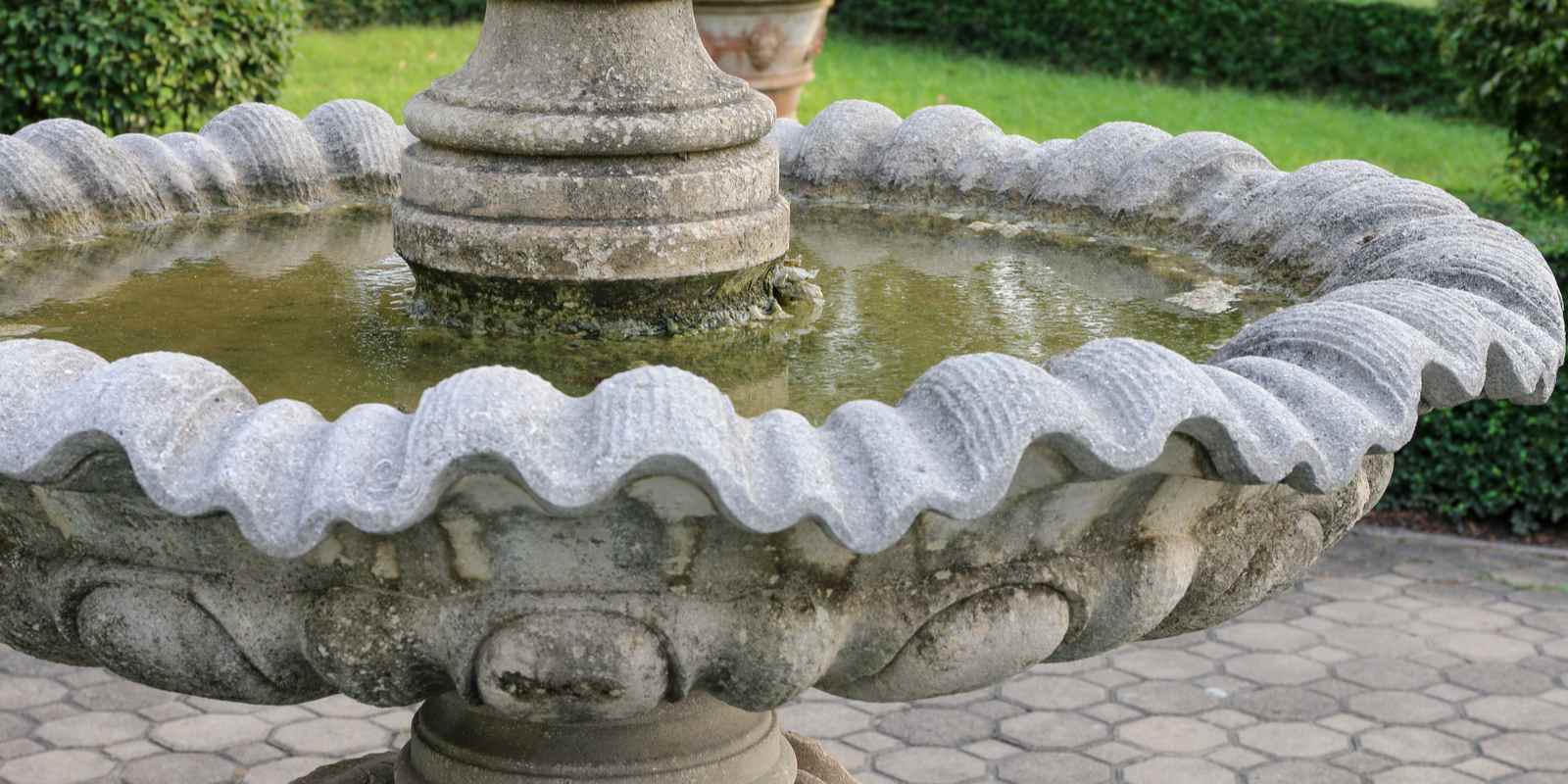

Garden Essentials
Why Is My Water Fountain Pump Not Working
Modified: March 16, 2024
Discover why your garden water fountain pump is not working and learn how to troubleshoot and fix the issue to enjoy the soothing sounds of flowing water in your outdoor space.
(Many of the links in this article redirect to a specific reviewed product. Your purchase of these products through affiliate links helps to generate commission for Storables.com, at no extra cost. Learn more)
Introduction
Welcome to the world of garden fountains! Adding a water fountain to your garden or outdoor space can bring a sense of tranquility and beauty. However, it can be quite frustrating when your water fountain pump is not working properly. A malfunctioning pump can disrupt the flow of water and take away from the overall appeal of your fountain. In this article, we will explore some common causes of water fountain pump failure and provide solutions to help you get your fountain flowing again.
A water fountain pump is the heart of your fountain, responsible for circulating water and creating the soothing sounds of flowing water. When the pump is not working, it can be due to various reasons. Understanding these causes will enable you to troubleshoot and fix the issue.
Key Takeaways:
- Regularly check and maintain the water level in your fountain to prevent pump failure. Refill as needed and consider an auto-fill system for consistent water levels.
- Ensure a reliable power supply and clean the pump regularly to prevent common causes of water fountain pump failure. Regular maintenance is key to a smoothly running fountain.
Read more: Why Is My Water Pump Not Working
Common Causes of Water Fountain Pump Failure
A water fountain pump can fail for several reasons. Here are some of the most common causes:
- Insufficient Power Supply: One of the primary reasons for pump failure is an inadequate power supply. Ensure that your fountain pump is connected to a reliable power source, and check if the circuit breaker has tripped or if there are any loose electrical connections.
- Clogged or Dirty Pump: Over time, debris, dirt, and algae can accumulate in the pump, leading to clogs and reduced performance. Regular maintenance, including cleaning the pump and removing any obstructions, can prevent this issue.
- Damaged Impeller: The impeller is responsible for drawing water into the pump and creating the necessary pressure for circulation. If it gets damaged or clogged, the pump may not work correctly. Inspect the impeller and clean or replace it if necessary.
- Faulty Wiring or Connections: Faulty wiring or loose connections can interrupt the power supply to the pump, causing it to malfunction. Check for any damaged wires or loose connections and repair or replace them as needed.
- Low Water Level: If the water level in your fountain is too low, it can cause the pump to suck in air instead of water, leading to pump failure. Make sure to maintain the proper water level by regularly topping up the fountain.
Identifying the cause of the pump failure is crucial in determining the appropriate solution. Understanding these common causes will help you troubleshoot and fix the issue effectively.
Insufficient Power Supply
One of the major causes of water fountain pump failure is an insufficient power supply. The pump requires a consistent and adequate power source to function properly. Here are a few steps you can take to address this issue:
- Check the power source: Start by ensuring that your fountain pump is connected to a reliable power source. Double-check the power cord and make sure it is securely plugged into an outlet. If you are using an extension cord, ensure that it is of the appropriate gauge and length to support the power requirements of the pump.
- Inspect the circuit breaker: If the pump is not receiving power, check your circuit breaker panel to see if the breaker has tripped. If it has, reset it and see if that resolves the issue. If the breaker continues to trip repeatedly, it may indicate an underlying electrical problem that should be addressed by a professional electrician.
- Ensure proper voltage: Verify that the voltage supplied to the pump matches the manufacturer’s specifications. Using a multimeter, measure the voltage at the outlet or the electrical connection to ensure it is within the appropriate range. If the voltage is too low or too high, it can affect the performance of the pump and may require the assistance of an electrician to rectify.
- Inspect the power cord: Examine the power cord for any signs of damage, such as cuts or frayed wires. Damaged cords can cause power fluctuations or disruptions, leading to pump failure. If you identify any issues, replace the power cord with a new one that is compatible with your specific pump model.
By ensuring a consistent and sufficient power supply, you can prevent pump failure due to insufficient power. Taking these steps will help you identify and address any power-related issues that might be causing the problem.
Clogged or Dirty Pump
Another common cause of water fountain pump failure is a clogged or dirty pump. Over time, debris, dirt, and algae can accumulate in the pump, obstructing the flow of water and reducing its performance. Here are some steps you can take to address this issue:
- Turn off the pump: Before cleaning the pump, make sure to turn off the power supply and unplug it from the electrical outlet. This will ensure your safety during the cleaning process.
- Remove the pump from the fountain: Carefully disconnect the pump from the fountain by disconnecting any hoses or attachments. This will allow you to access the pump more easily for cleaning.
- Clean the pump housing: Use a soft brush or toothbrush to remove any debris or dirt that has accumulated in the pump housing. Be gentle to avoid damaging any internal components. If necessary, you can also use a mixture of water and mild soap to clean the pump. Rinse thoroughly to remove any soap residue.
- Clean the impeller and filter: The impeller and filter are critical components of the pump that can get clogged with debris. Carefully remove the impeller and filter, following the manufacturer’s instructions. Clean them thoroughly, removing any dirt or obstructions. If the filter is damaged, replace it with a new one.
- Inspect the hoses and fittings: While cleaning the pump, check the hoses and fittings for any clogs or blockages. Clear any obstructions and ensure that the connections are secure and leak-free.
- Reassemble the pump and test: Once you have cleaned all the components, reassemble the pump and reconnect it to the fountain. Plug it back into the power source and turn it on to see if the flow of water has improved.
Regular maintenance and cleaning of your water fountain pump will help prevent clogs and keep it running smoothly. Cleaning the pump periodically, especially during the spring and summer months, will maintain optimal performance and prolong the life of your fountain.
Damaged Impeller
The impeller is a vital component of a water fountain pump. It is responsible for drawing water into the pump and creating the necessary pressure for circulation. If the impeller becomes damaged or clogged, it can significantly impact the functionality of the pump. Here are some steps to address a damaged impeller:
- Power off the pump: Before inspecting or working on the impeller, ensure that the pump is turned off and disconnected from the power source. This will prevent any accidents or electrical shocks during the process.
- Access the impeller: Depending on the design of your pump, you may need to remove the pump housing or disassemble parts to reach the impeller. Check the manufacturer’s instructions or consult a professional if you are unsure about the disassembly process.
- Inspect the impeller: Once you have access to the impeller, carefully examine it for any signs of damage, such as cracks, chips, or wear. If the impeller is clogged with debris, remove the obstructions using a soft brush or toothpick.
- Replace the impeller if necessary: If the impeller is damaged beyond repair or if cleaning does not solve the issue, it may be necessary to replace it. Contact the manufacturer or a local garden supply store to find a compatible impeller for your specific pump model.
- Reassemble and test the pump: Once the new impeller is installed or the existing one is cleaned, reassemble the pump and reconnect it to the fountain. Plug it back into the power source and turn it on to observe if the water flow has improved.
Regular inspection of the impeller and prompt action in case of damages or clogs will help ensure the smooth operation of your water fountain pump. By addressing a damaged impeller, you can restore the proper circulation of water and enjoy the soothing sounds of your fountain once again.
Read more: Why Is My Catit Water Fountain Not Working
Faulty Wiring or Connections
Faulty wiring or loose connections can lead to water fountain pump failure. If the pump is not receiving a consistent power supply, it may not function properly. Here are some steps to address faulty wiring or connections:
- Power off the pump: Before working on any electrical components, ensure that the pump is turned off and disconnected from the power source. This will prevent any accidents or electrical shocks.
- Inspect the wiring: Carefully examine the power cord and wiring for any signs of damage, such as fraying, cuts, or exposed wires. If you identify any issues, it may be necessary to replace the power cord or repair the wiring.
- Check the connections: Inspect the connections between the pump, power cord, and the electrical outlet. Ensure that all connections are tight and secure. Loose connections can disrupt the flow of power to the pump, causing it to malfunction.
- Repair or replace damaged wires: If you find any damaged wires, it is important to repair or replace them. This should be done by a professional electrician to ensure proper installation and safety.
- Test the pump: Once any necessary repairs or replacements have been made, reconnect the pump to the power source and turn it on to test if it is functioning properly. Monitor the pump for any unusual sounds or behaviors.
- Consider professional assistance: If you are unsure about dealing with electrical wiring or connections, or if the issue persists after your attempts to fix it, it is recommended to seek professional assistance. An electrician will be able to diagnose and resolve any complex wiring or connection problems.
Addressing faulty wiring or connections is crucial for the proper functioning and safety of your water fountain pump. Regular maintenance and inspection of the electrical components will help prevent pump failure and ensure smooth operation.
Low Water Level
A common cause of water fountain pump failure is a low water level. When the water level in your fountain drops below the required level, the pump may start sucking in air instead of water, leading to pump failure. Here’s what you can do to address a low water level:
- Check the water level: Take a moment to visually inspect the water level in your fountain. If it is significantly below the recommended level, it’s important to add water to bring it back to the appropriate height.
- Refill the fountain: Fill a container with clean water and slowly pour it into the fountain basin. Avoid pouring the water too quickly to prevent overflowing. Monitor the water level as you refill to ensure it reaches the optimal level.
- Keep an eye on evaporation: In hot and dry climates, water can evaporate quickly from fountains. Check the water level regularly and top it up as needed to maintain the proper level. This will prevent strain on the pump and ensure optimal performance.
- Consider an auto-fill system: If maintaining the water level becomes challenging, you may want to invest in an auto-fill system. These systems use a float valve or sensor to automatically add water when the level drops below a certain point. This can help ensure a consistent water level without the need for constant monitoring.
- Inspect for leaks: If you find that your fountain consistently has a low water level, it may indicate a leak. Inspect the fountain for any cracks or damaged parts that could be causing the water to escape. Repair any leaks promptly to prevent further water loss and potential pump failure.
Maintaining the proper water level in your fountain is essential to prevent pump failure. Regularly checking and topping up the water level will ensure the pump continues to function optimally, allowing you to enjoy the serene atmosphere and beauty of your water fountain.
Check if the pump is properly connected to the power source and if the water level is sufficient. Clean the pump and check for any clogs or debris that may be affecting its performance. If the issue persists, consider replacing the pump.
Solutions for Fixing a Water Fountain Pump
When your water fountain pump is not working correctly, it can be frustrating. However, there are several solutions you can try to fix the issue. Here are some common solutions for repairing a water fountain pump:
- Check the power supply: Start by verifying that the pump is properly connected to a reliable power source. Check the circuit breaker to ensure it hasn’t tripped and inspect the power cord for any damages. If necessary, replace the power cord or reset the breaker to restore power to the pump.
- Clean or replace the pump: A clogged or dirty pump can affect its performance. Remove the pump from the fountain and clean it thoroughly, removing any debris, dirt, or algae. If cleaning doesn’t solve the problem, consider replacing the pump with a new one that is compatible with your fountain.
- Inspect and replace the impeller: The impeller, which draws water into the pump, can become damaged or clogged. Carefully examine the impeller for any signs of wear or obstructions. Clean it or replace it with a new impeller if necessary to restore proper water circulation.
- Check the wiring and connections: Faulty wiring or loose connections can disrupt the power supply to the pump. Inspect the wiring for any damages and ensure all connections are tight and secure. Replace any damaged wires or repair loose connections to restore proper power flow.
- Maintain proper water level: Low water levels can cause the pump to suck in air instead of water, leading to pump failure. Regularly check the water level in your fountain and refill it as needed to maintain the optimal level. Consider installing an auto-fill system to keep the water level consistent.
By following these solutions, you can troubleshoot and fix common issues with a water fountain pump. It’s important to remember that regular maintenance and proper care are essential to prevent pump failure and ensure the longevity of your fountain. If the problem persists or you’re unsure about the repairs, consult a professional for assistance.
Check Power Supply
When your water fountain pump is not working, one of the first things you should check is the power supply. A reliable and sufficient power source is crucial for the proper operation of the pump. Here are some steps you can take to check the power supply:
- Verify the power cord: Ensure that the power cord is properly connected to the pump and securely plugged into a functioning electrical outlet. Check for any damages or frayed wires in the power cord and replace it if necessary.
- Inspect the circuit breaker: Check your circuit breaker panel to see if the breaker that controls the power to the fountain pump has tripped. If it has, reset the breaker and see if that resolves the issue. If the breaker continues to trip repeatedly, it may indicate a more significant electrical problem that requires the attention of a professional electrician.
- Consider using a dedicated circuit: If you have multiple electrical devices connected to the same circuit, it may cause power fluctuations. To ensure a consistent power supply for your fountain pump, consider using a dedicated circuit or outlet solely for the pump.
- Use an appropriate extension cord: If you are using an extension cord to connect the pump to a power source, ensure that it is of the appropriate gauge and length to support the power requirements of the pump. Using an insufficient extension cord can lead to voltage drops and impact the pump’s performance.
- Test the outlet: If you suspect the outlet itself may be malfunctioning, use a multimeter or plug in another electrical device to verify if there is power coming from the outlet. If the outlet is not supplying power, you may need to contact a licensed electrician to inspect and repair it.
- Consider a power surge protector: Power surges can damage electrical equipment, including your water fountain pump. To protect your pump from voltage spikes, consider using a surge protector. This device will help regulate the power supply and absorb any surges, preventing damage to your pump.
By checking the power supply and ensuring that the pump has a steady and adequate power source, you can eliminate one of the common causes of pump failure. If you continue to experience issues with the pump, it may be necessary to explore other potential reasons for the problem.
Read more: Why Is My Rv Water Pump Not Working
Clean or Replace Pump
If your water fountain pump is not working properly, one of the potential causes could be a clogged or dirty pump. Over time, debris, dirt, and algae can accumulate in the pump, hindering its performance. Here are some steps you can take to clean or replace the pump:
- Turn off the pump: Before cleaning or replacing the pump, make sure to turn off the power supply and unplug it from the electrical outlet. This will ensure your safety during the process.
- Remove the pump from the fountain: Carefully disconnect the pump from the fountain by detaching any hoses or attachments. This will allow you to access the pump more easily for cleaning or replacement.
- Clean the pump: If your pump is clogged but still in good working condition, you can try cleaning it to remove any debris or dirt. Use a soft brush or toothbrush to gently scrub the pump, removing any accumulated dirt or algae. If necessary, you can use a mixture of mild soap and water to help with the cleaning process. Rinse the pump thoroughly to remove any soap residue.
- Inspect the impeller: While cleaning the pump, take a moment to inspect the impeller. The impeller is responsible for drawing water into the pump. If it is damaged or clogged, it can affect the pump’s performance. Clean the impeller using a soft brush or toothpick, removing any debris or obstructions. If the impeller is damaged beyond repair, it may need to be replaced.
- Replace the pump: If cleaning the pump does not resolve the issue or if the pump is damaged, it may be necessary to replace it entirely. Contact the manufacturer or a local garden supply store to find a suitable replacement pump that matches the specifications of your fountain.
- Reinstall the pump: Once you have cleaned the pump or installed a new one, reassemble the pump and reconnect it to the fountain. Ensure that all connections are secure and tight. Plug in the power cord and turn on the pump to check if it is functioning properly.
Regular maintenance and cleaning of your water fountain pump will help prevent clogs and ensure its optimal performance. However, if the pump is old or severely damaged, replacing it may be the best solution to restore your fountain’s functionality.
Inspect and Replace Impeller
The impeller is a crucial component of your water fountain pump, responsible for drawing water into the pump and creating the necessary pressure for circulation. If the impeller becomes damaged or clogged, it can significantly affect the pump’s performance. Here are the steps to inspect and replace the impeller:
- Turn off the pump: Before inspecting or replacing the impeller, ensure that the pump is turned off and disconnected from the power source. This will prevent any accidents or electrical shocks during the process.
- Access the impeller: Depending on the design of your pump, you may need to remove the pump housing or disassemble parts to access the impeller. Refer to the manufacturer’s instructions or consult a professional if you are unsure about the disassembly process.
- Inspect the impeller: Carefully examine the impeller for any signs of damage, such as cracks, chips, or wear. If the impeller is clogged with debris, use a soft brush or toothpick to gently clean it, removing any obstructions. Ensure that the impeller spins freely without any resistance.
- Replace the impeller: If the impeller is damaged beyond repair or if cleaning does not solve the issue, it may be necessary to replace it. Contact the manufacturer or a local garden supply store to find a compatible impeller for your specific pump model. Follow the instructions provided to install the new impeller properly.
- Reassemble and test the pump: Once the new impeller is installed or the existing one is cleaned, reassemble the pump according to the manufacturer’s instructions. Reconnect the pump to the fountain and plug it back into the power source. Turn on the pump and observe if the flow of water has improved.
Regular inspection of the impeller and prompt action in case of damages or clogs will help ensure the smooth operation of your water fountain pump. By addressing a damaged or clogged impeller, you can restore proper water circulation and enjoy the soothing effects of your fountain once again.
Check Wiring and Connections
Faulty wiring or loose connections can disrupt the power supply to your water fountain pump, causing it to malfunction. To ensure that your pump operates smoothly, it’s important to regularly check the wiring and connections. Here are the steps to do so:
- Power off the pump: Before inspecting any electrical components, ensure that the pump is turned off and disconnected from the power source. This will prevent any accidents or electrical shocks.
- Inspect the wiring: Carefully examine the power cord and wiring for any signs of damage, such as frayed or exposed wires. Pay close attention to areas where the cord may be bent or twisted. If you identify any issues, it is important to repair or replace the power cord.
- Check the connections: Inspect all electrical connections, including those between the pump, power cord, and electrical outlet. Ensure that all connections are secure and tight. Loose connections can disrupt the power supply to the pump and may cause it to malfunction.
- Repair or replace damaged wires: If you notice any damaged wires, it is crucial to repair or replace them. This should be done by a professional electrician to ensure proper installation and safety. Avoid attempting to fix electrical issues yourself if you are not experienced in handling such repairs.
- Test the pump: Once any necessary repairs or replacements have been made, reconnect the pump to the power source and turn it on to test if it is functioning properly. Monitor the pump for any unusual sounds or behaviors.
- Consider professional assistance: If you are unsure about dealing with electrical wiring or connections, or if the issue persists even after your attempts to fix it, it is recommended to seek professional assistance. An electrician will be able to diagnose and resolve any complex wiring or connection problems.
Addressing faulty wiring or loose connections is crucial for the proper functioning and safety of your water fountain pump. Regular inspection and maintenance of the electrical components will help prevent pump failure and ensure smooth operation.
Maintain Proper Water Level
Maintaining the proper water level in your water fountain is essential for the optimal functioning of the pump. When the water level is too low, it can cause the pump to suck in air instead of water, leading to pump failure. Here are some steps you can take to maintain the proper water level:
- Regularly check the water level: Take a moment to visually inspect the water level in your fountain. It should be at or slightly above the recommended level indicated by the manufacturer. Make it a habit to check the water level periodically, especially during hot or dry weather.
- Refill the fountain: If the water level is below the recommended level, refill the fountain with clean water. Use a container or a hose to slowly add water to the basin, being careful not to overfill it. Avoid pouring water too quickly, as it may cause splashing or overflowing.
- Monitor water evaporation: In dry and hot climates, water can evaporate quickly from the fountain. Keep an eye on the water level and top it up as needed to maintain the proper level. This will prevent the pump from running dry and ensure smooth operation.
- Consider using an auto-fill system: If maintaining the water level becomes challenging due to factors like frequent evaporation, you may want to consider installing an auto-fill system. These systems use a float valve or sensor to automatically add water to the fountain when the level drops below a certain point. They can help ensure a consistent water level without the need for constant monitoring.
- Inspect for leaks: If you notice that your fountain consistently has a low water level, it may indicate a leak. Inspect the fountain for any cracks, damaged seals, or loose connections that could be causing water to escape. Repair any leaks promptly to prevent further water loss and potential pump failure.
By maintaining the proper water level in your fountain, you can ensure that the pump operates smoothly and efficiently. Regularly checking and topping up the water level will help prevent pump failure and allow you to enjoy the serenity and beauty of your water fountain for years to come.
Read more: Why Is My Water Pump Leaking
Conclusion
A water fountain can be the centerpiece of your garden, providing a tranquil and soothing atmosphere. However, when the fountain pump is not working properly, it can disrupt the flow of water and affect the overall appeal of your fountain. By understanding the common causes of water fountain pump failure and implementing the appropriate solutions, you can resolve many of the issues that may arise.
Ensuring a reliable power supply is essential for the proper functioning of your water fountain pump. Checking the power source, inspecting the wiring, and maintaining the appropriate voltage will help troubleshoot and address any power-related issues.
A clogged or dirty pump can also cause pump failure. Regularly cleaning the pump and removing any debris or obstructions will keep it running smoothly. In some cases, a damaged impeller may need to be replaced to restore optimal water circulation.
Faulty wiring or loose connections can disrupt the power supply to the pump, so it is important to regularly check the wiring and connections. Repairing any damages and ensuring secure connections will prevent malfunctions.
Furthermore, maintaining the proper water level in your fountain is crucial. Regularly checking the water level, refilling as needed, and addressing any leaks will prevent the pump from running dry and ensure its longevity.
In conclusion, addressing and troubleshooting water fountain pump issues requires a combination of regular maintenance, thorough inspection, and taking appropriate action. It is essential to maintain a clean and reliable power supply, keeping the pump and impeller in good condition, and ensuring proper wiring and connections. By implementing these solutions, you can enjoy the beauty and tranquility of your water fountain for years to come.
Frequently Asked Questions about Why Is My Water Fountain Pump Not Working
Was this page helpful?
At Storables.com, we guarantee accurate and reliable information. Our content, validated by Expert Board Contributors, is crafted following stringent Editorial Policies. We're committed to providing you with well-researched, expert-backed insights for all your informational needs.
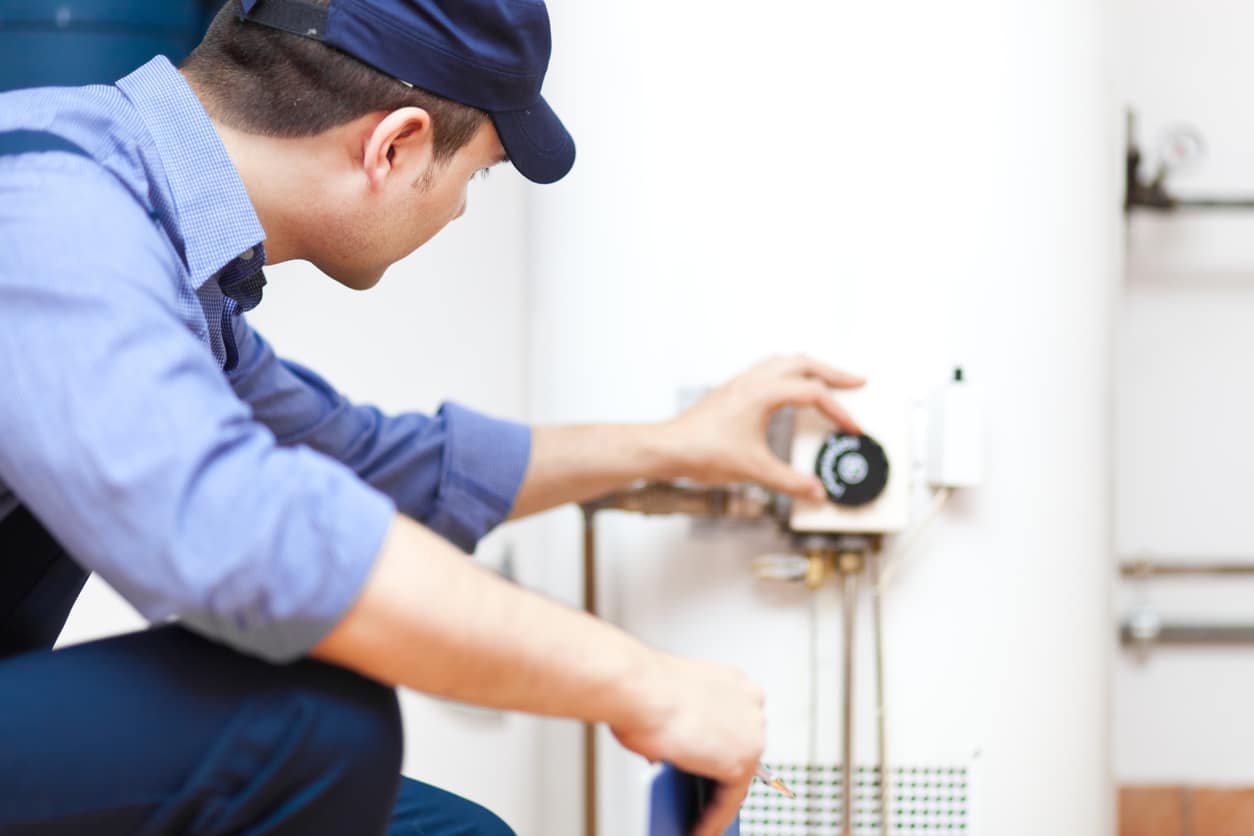
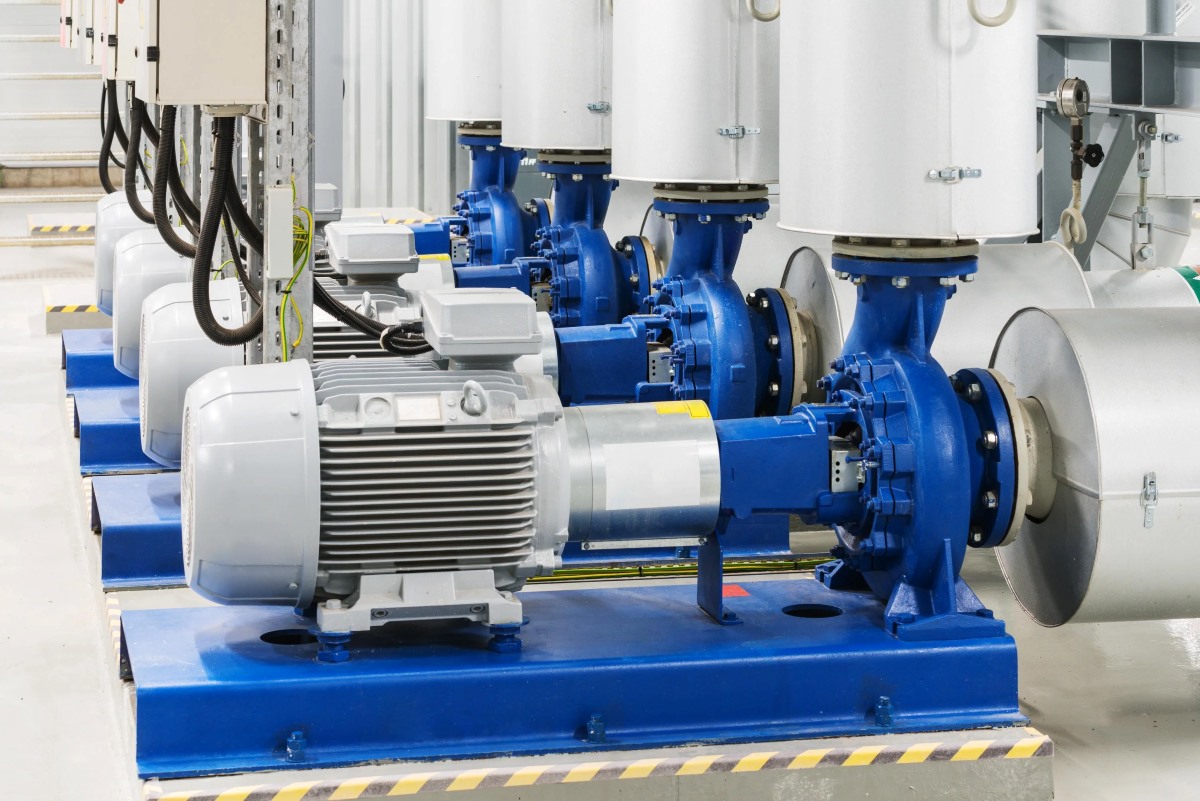
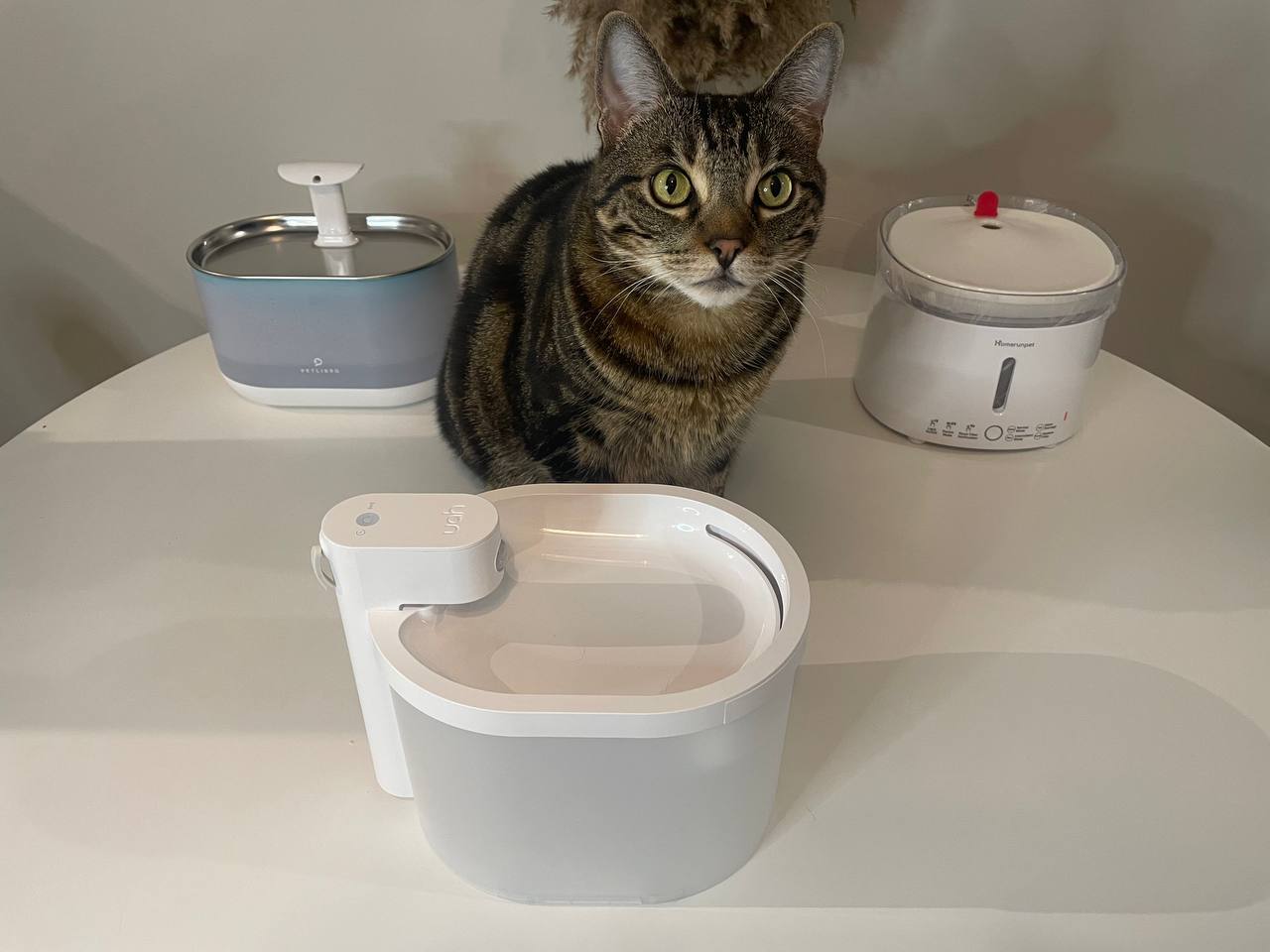
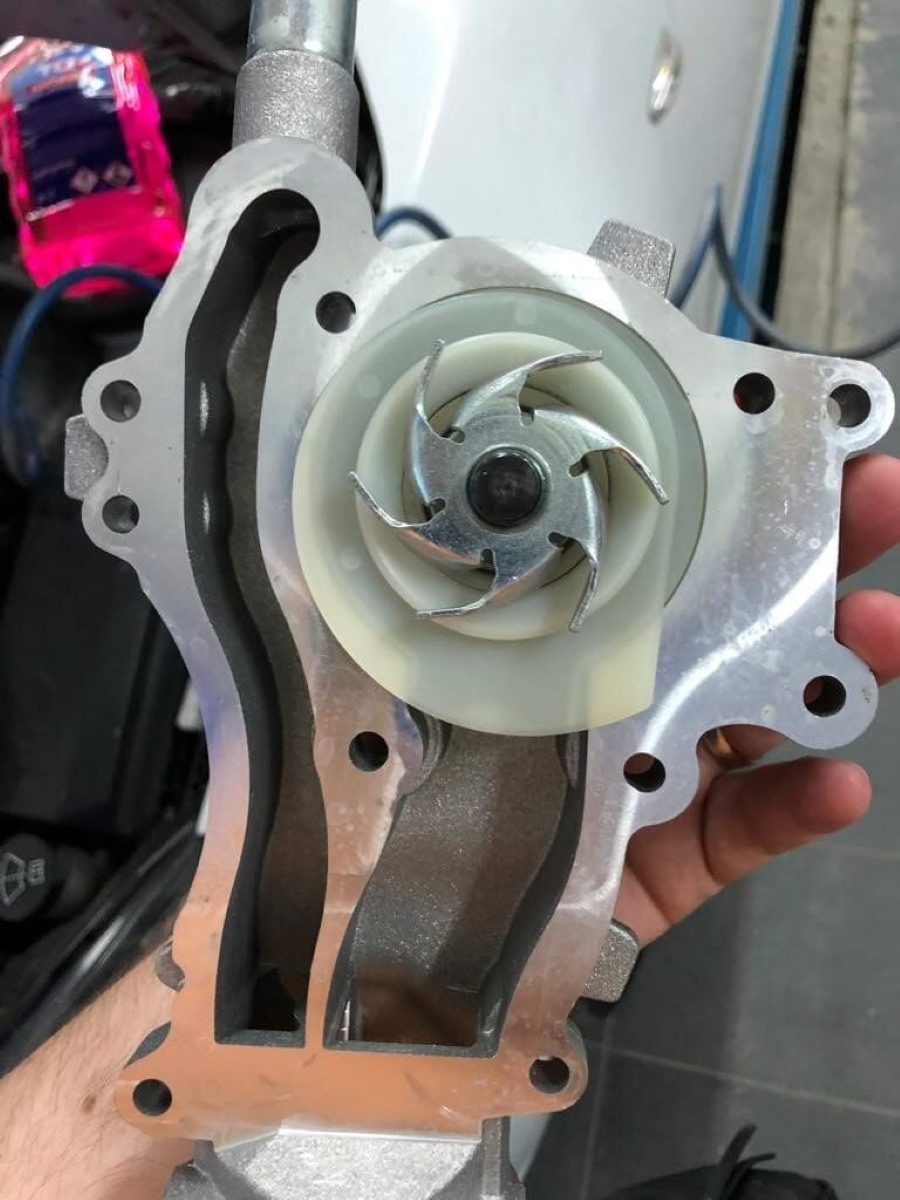
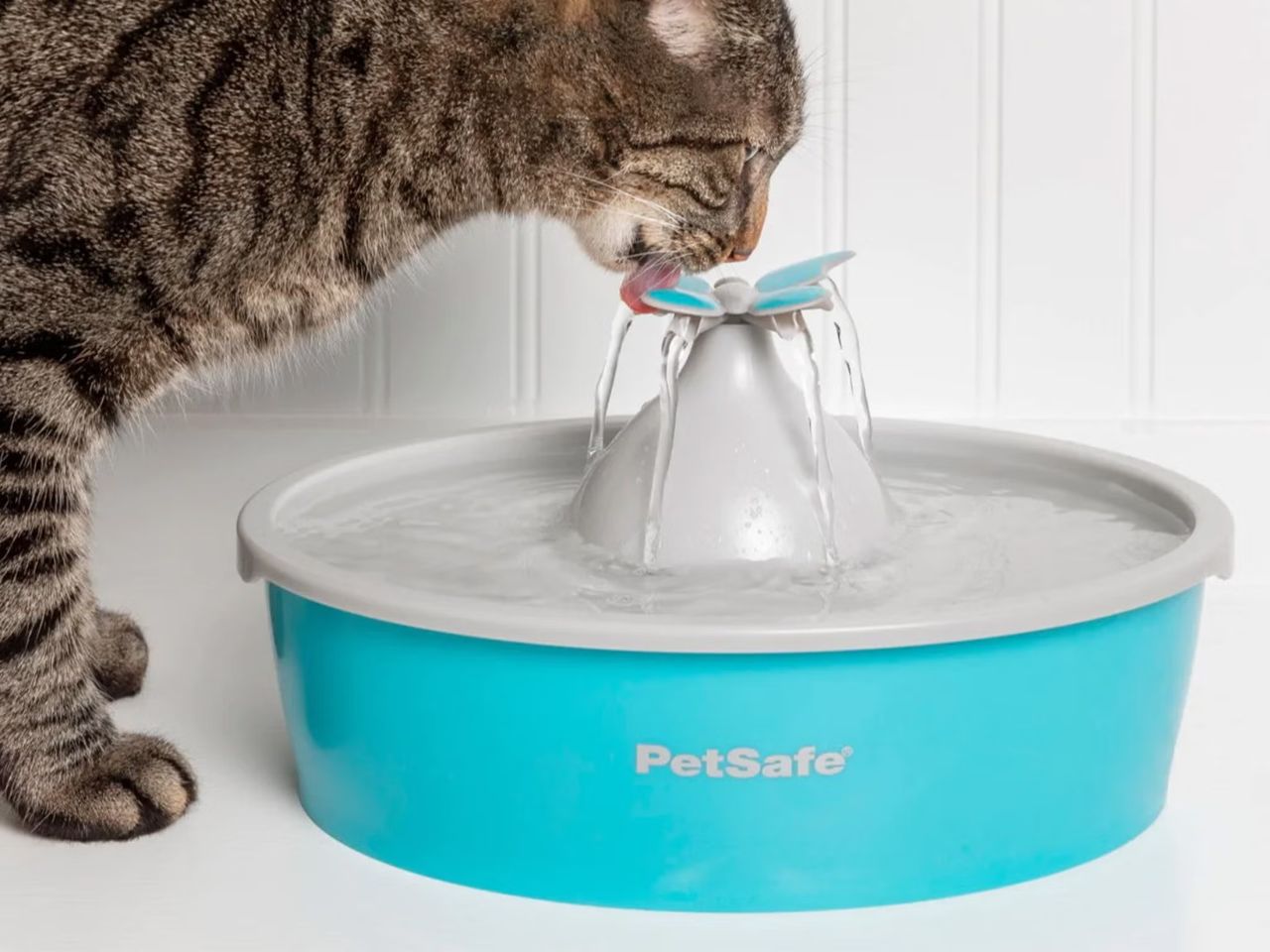
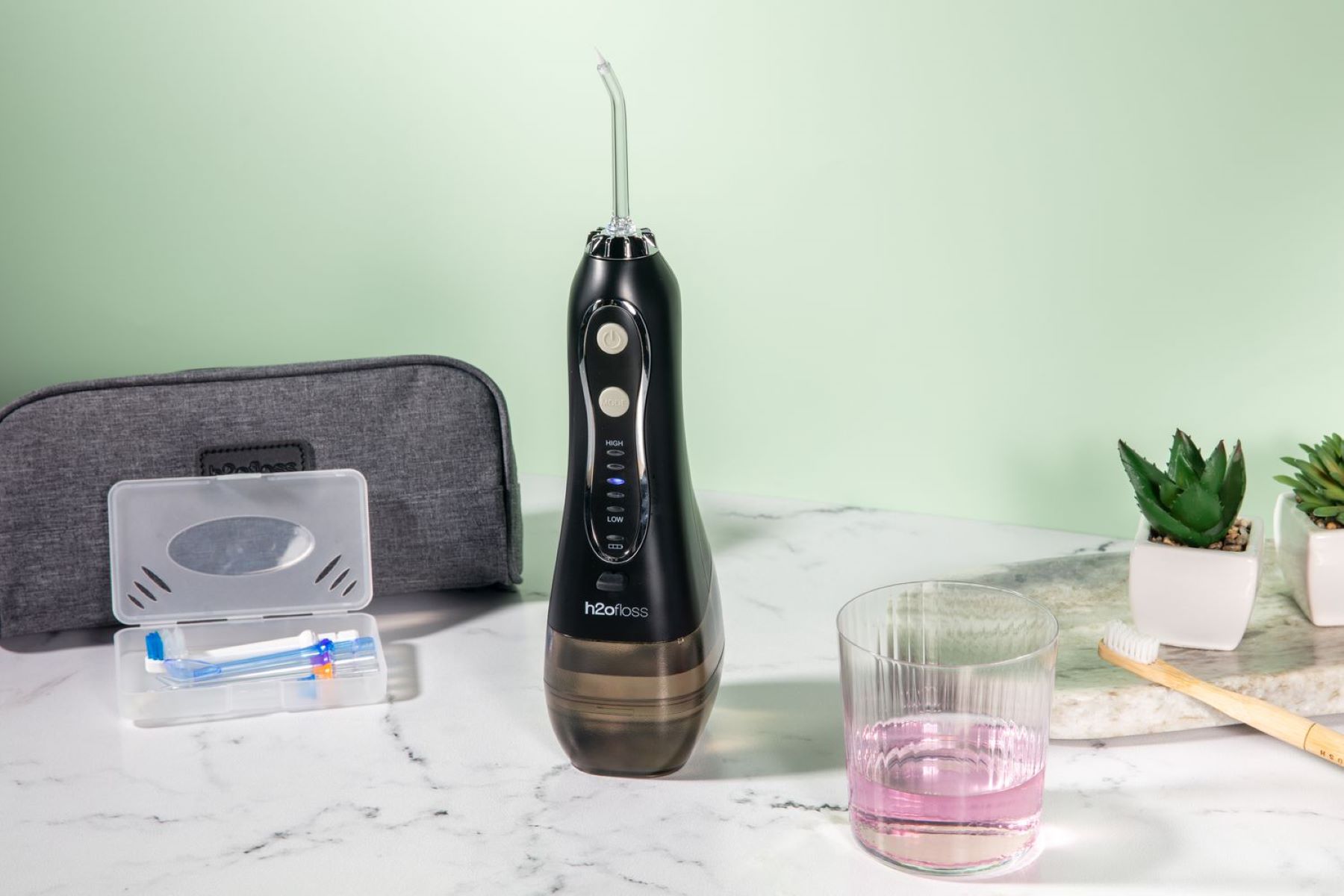
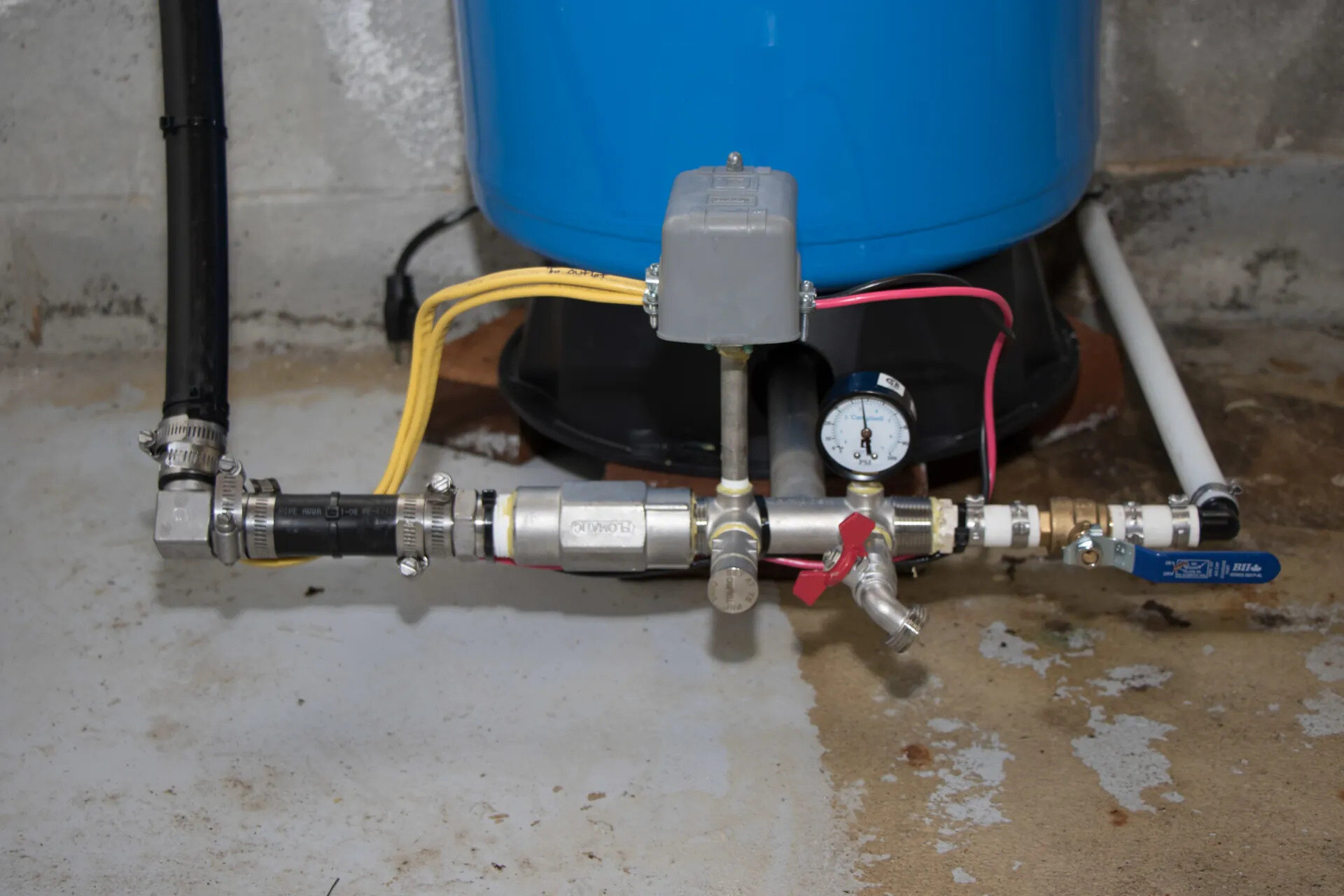
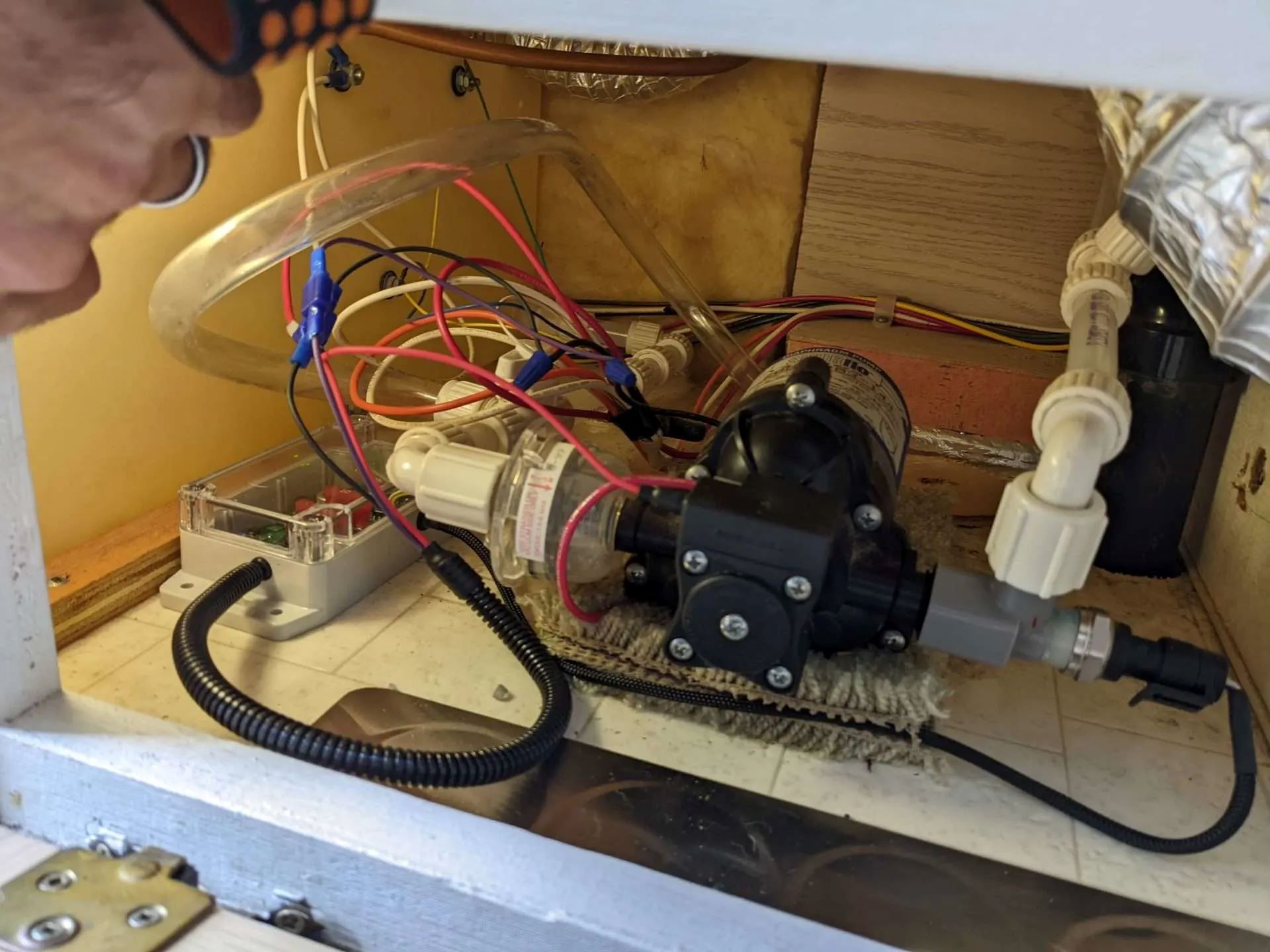
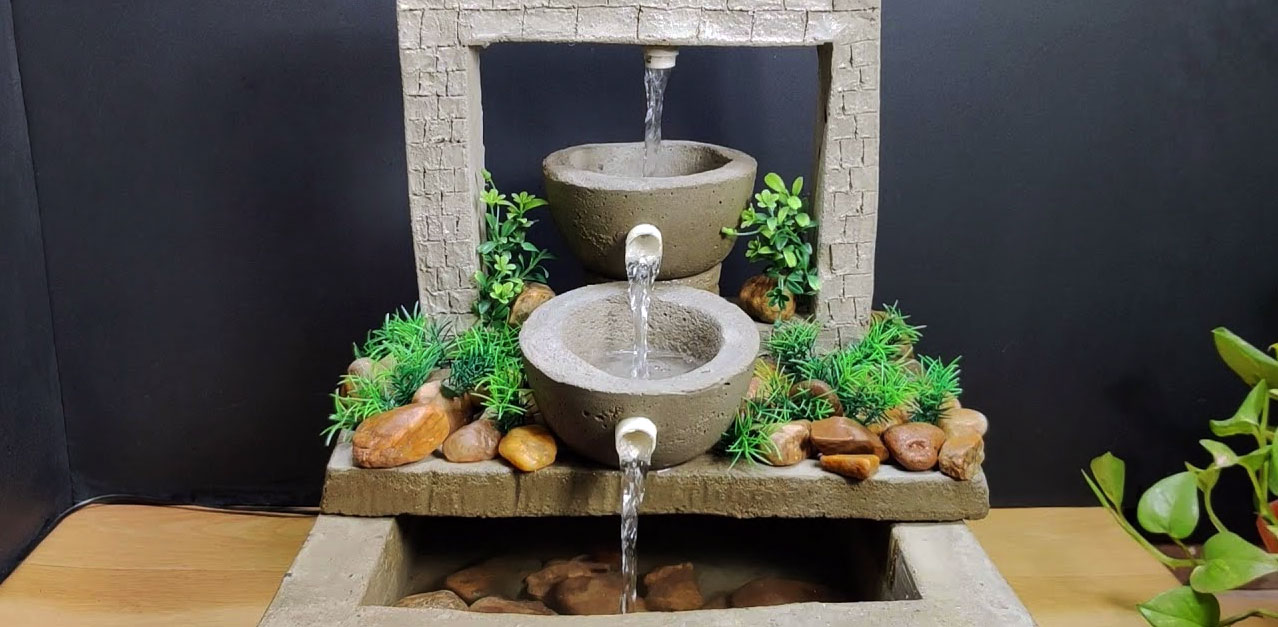
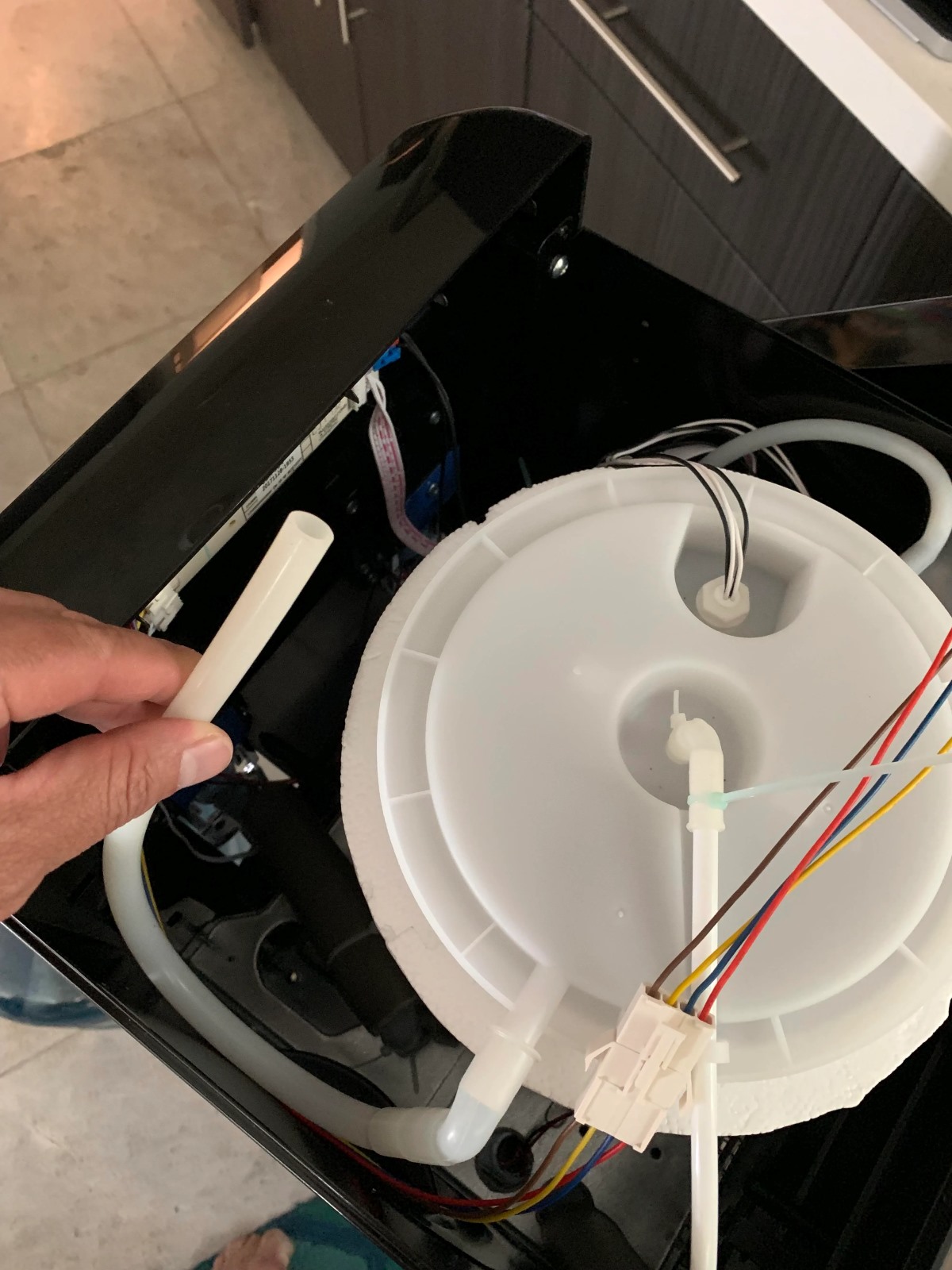
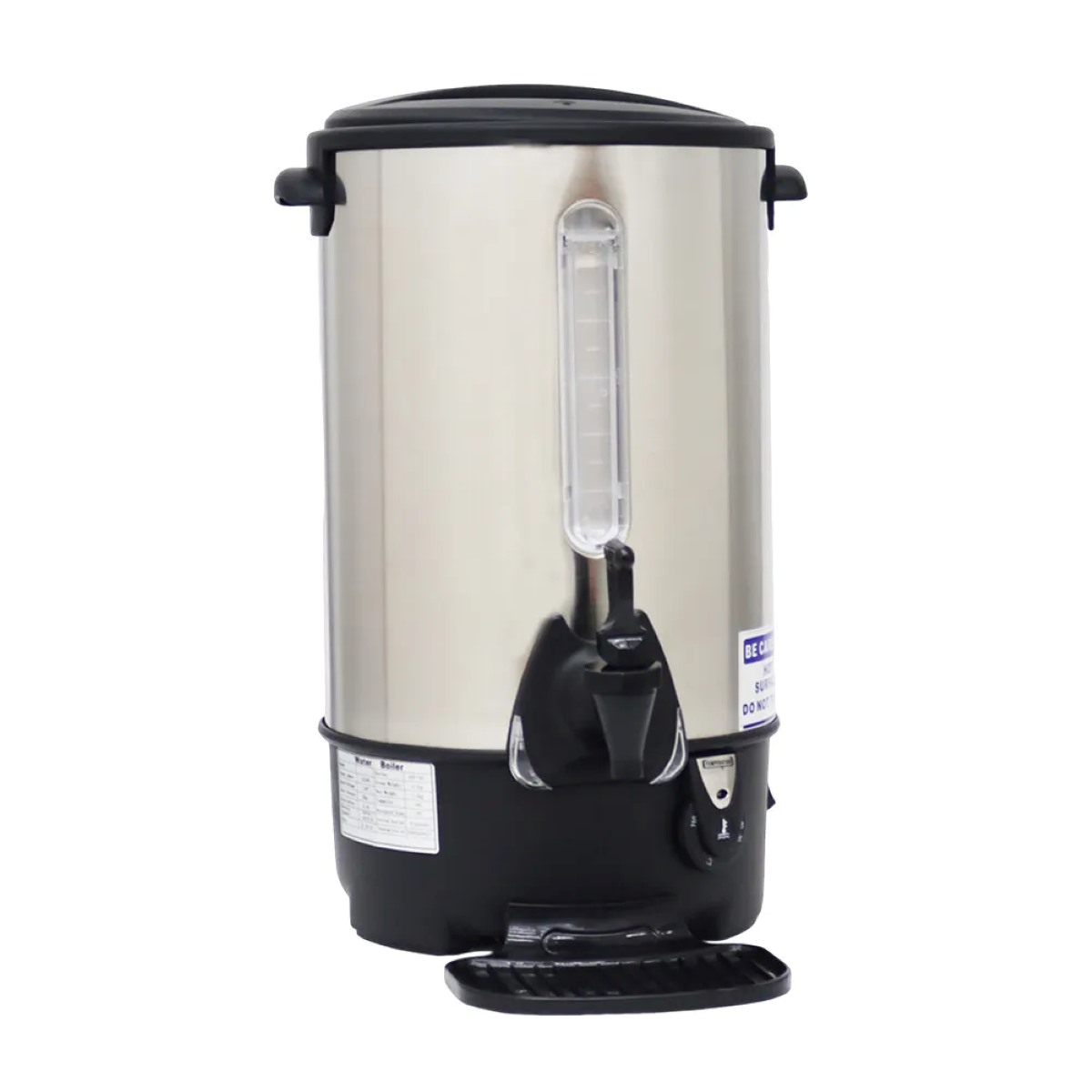
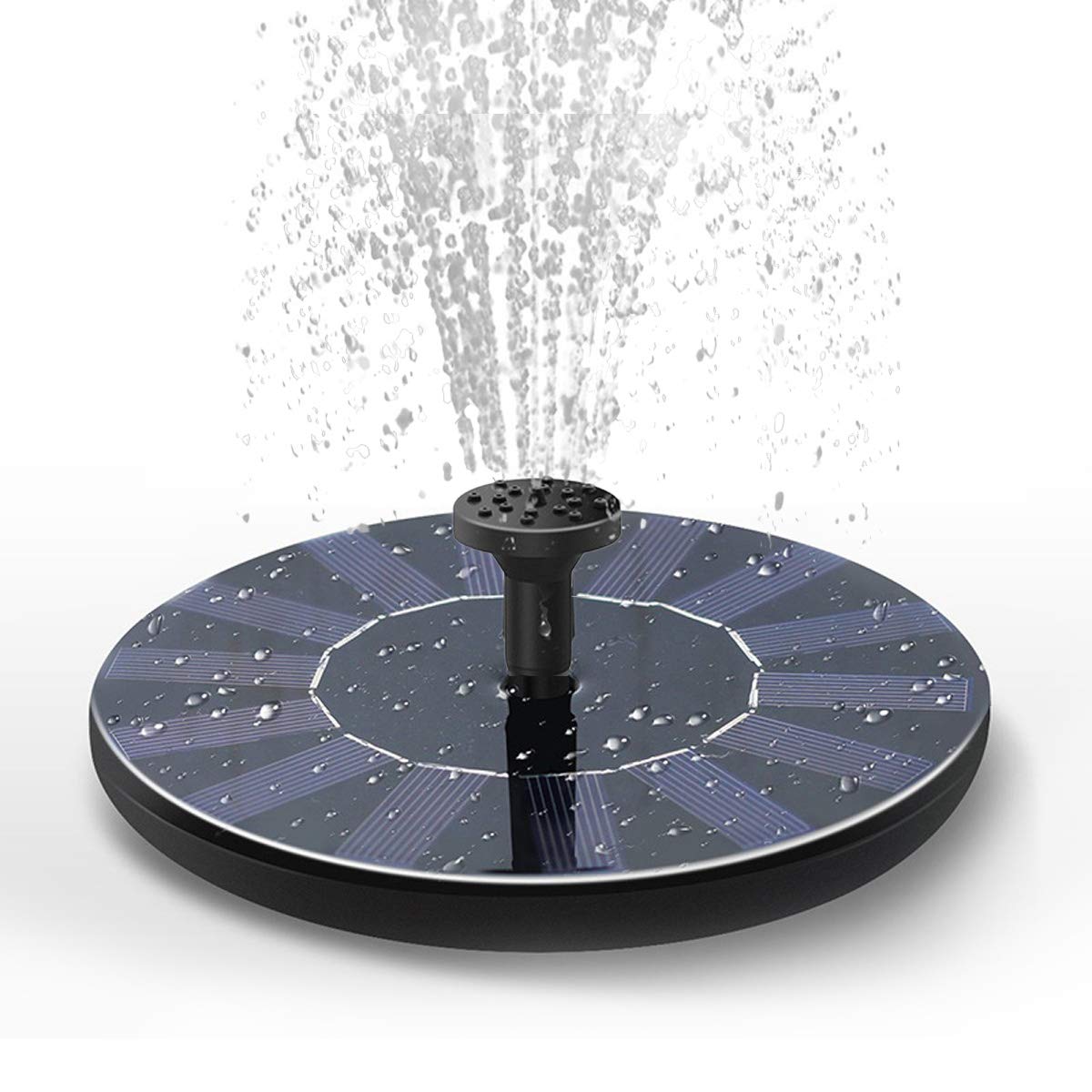

0 thoughts on “Why Is My Water Fountain Pump Not Working”